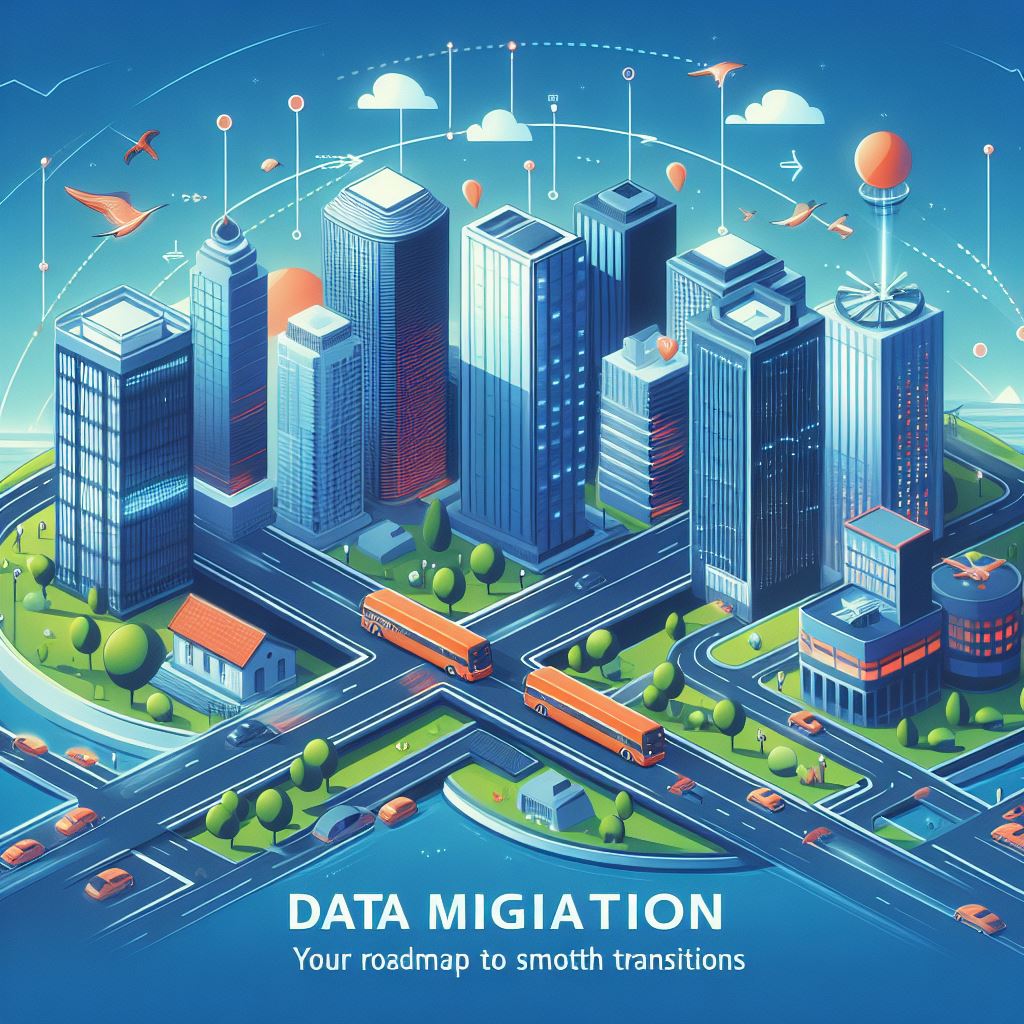Data migration is an essential process for organizations looking to transfer data from one system or storage solution to another. It is crucial to understand the key considerations and challenges that come with every migration. This report aims to provide insights into the migration process, monitoring migration status, data integration, cloud migration, and ensuring successful data migration.
Contents
- 1 Understanding Data Migration
- 2 Monitoring Migration Status
- 3 Data Integration and Cloud Migration
- 4 Ensuring Successful Data Migration
- 5 World Migration Report 2022 Overview
- 6 Frequently Asked Questions [FAQs]
- 6.1 Q: What is a data migration report?
- 6.2 Q: How do I download a data migration report?
- 6.3 Q: What are the key metrics included in a data migration report?
- 6.4 Q: How does a data migration report help in the migration process?
- 6.5 Q: Can a data migration report be generated automatically?
- 6.6 Q: What role does the data migration report play in business processes?
- 6.7 Q: Is it possible to migrate data manually without using a data migration report?
- 6.8 Q: How can a data migration report help in refining the data migration process?
- 6.9 Q: What formats can a data migration report be exported to?
- 6.10 Q: What are the advantages of using a data migration report in the migration process?
- 7 Conclusion
Understanding Data Migration

Data migration refers to the process of transferring data from one storage or computing system to another. It is important as organizations evolve and require a more efficient and scalable data management solution. Key considerations for a successful data migration project include understanding the source data, establishing migration goals, and ensuring data integrity throughout the process. Common challenges during the data migration process include data loss, system downtime, and compatibility issues with the new system.
Monitoring Migration Status
Monitoring data migration progress is crucial for a successful transition. This involves tracking the movement of data, ensuring data accuracy, and minimizing downtime. Metrics and criteria to establish migration success include data transfer speed, accuracy, and the impact on daily operations. Dealing with errors and troubleshooting migration issues is an ongoing task during the process, requiring a dedicated team to address any issues promptly.
Data Integration and Cloud Migration

Data integration during the migration process offers several benefits, including improved data accessibility and enhanced business insights. Cloud migration involves selecting the right destination for data storage and processing. It is essential to consider the type of migration, such as public, private, or hybrid cloud, based on the organization’s requirements. Best practices for seamless data migration to the cloud include evaluating the security measures, compliance requirements, and data accessibility in the chosen cloud environment.
Ensuring Successful Data Migration
To ensure a smooth data migration process, organizations should follow a start and end checklist that includes identifying data to be migrated, establishing a timeline, and testing the new system after migration. Selecting the right migration tools is crucial for a successful transition, requiring an assessment of the tools’ compatibility, scalability, and support for specific data formats. Managing user policies and data formats during the migration involves modifying user access policies, ensuring data conformity, and providing training on the new system.
World Migration Report 2022 Overview

The World Migration Report 2022 offers key findings and insights into migration trends and patterns. This research provides statistics on data migration, the impact of migration on host environments, and the systems involved. Understanding the report’s overview can help organizations make informed decisions regarding their data migration strategies and anticipate the challenges associated with the migration process.
Frequently Asked Questions [FAQs]
Q: What is a data migration report?
A data migration report is a detailed document that provides an overview of the data migration process, including the start and end dates, migration progress, error metrics, and the path from source to destination.
Q: How do I download a data migration report?
You can download a data migration report by clicking on the “Download” button in the data migration tool or system interface.
Q: What are the key metrics included in a data migration report?
The key metrics in a data migration report may include the number of files migrated, the volume of data transferred, the status column indicating the migration progress, and any errors or declines encountered during the process.
Q: How does a data migration report help in the migration process?
A data migration report provides stakeholders with a detailed snapshot of the migration progress, enabling them to assess the efficiency, identify any bottlenecks, and refine the migration approach if necessary.
Q: Can a data migration report be generated automatically?
Yes, data migration reports can be automatically generated by the data migration tool or system, providing real-time insights into the migration status and progress.
Q: What role does the data migration report play in business processes?
Administrators and stakeholders use data migration reports to demonstrate the effectiveness of the migration approach, isolate any disruptions, and indicate the impact on business processes and operations.
Q: Is it possible to migrate data manually without using a data migration report?
While it is possible to manually migrate data from one system to another, utilizing a data migration report significantly enhances the visibility, traceability, and accountability of the migration process.
Q: How can a data migration report help in refining the data migration process?
By providing detailed insights into the migration status, errors encountered, and potential workarounds, a data migration report enables stakeholders to refine the migration approach and improve the overall efficiency of the process.
Q: What formats can a data migration report be exported to?
Data migration reports can be exported to various formats such as CSV, spreadsheet, or PDF, making them accessible and usable for different stakeholders and reporting purposes.
Q: What are the advantages of using a data migration report in the migration process?
Utilizing a data migration report offers advantages such as providing a clear index of the migration progress, identifying and mitigating any declines, and demonstrating the overall impact on data mobility and human mobility since 2000.
Conclusion
Data migration may seem like a daunting task, but with the right roadmap, it can become a smooth and seamless process. This report has aimed to equip you with the necessary knowledge and strategies to ensure a successful data migration. Remember, careful planning, efficient execution, and continuous monitoring are key to mitigating any risks associated. The benefits of successful data migration are immense – from improved system efficiency to streamlined business operations and better decision-making capabilities. So, why delay? Embrace the change and embark on your journey of data migration today. With this roadmap in hand, you’re one step closer to smoothing out those transitions.





